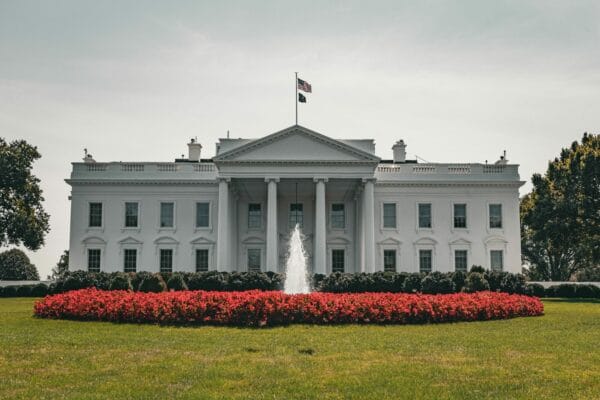By Robert Burgess | Wealth Management
(Bloomberg Opinion)—If market participants are wringing their hands over the potential fallout from the collapse of Silicon Valley Bank, just wait until they look at the banking industry’s exposure to the rapidly weakening commercial real estate sector.
It seems as if every few days brings news of some big property going into default. Within the past few weeks, an office landlord controlled by Pacific Investment Management Co. defaulted on about $1.7 billion of mortgage notes on seven buildings in places such as San Francisco, Boston and New York. Before that, a Brookfield Corp. business defaulted on loans tied to two Los Angeles office towers. A $1.2 billion mortgage on a San Francisco complex co-owned by former President Donald Trump and Vornado Realty Trust has showed up on a watchlist of loans that may be in jeopardy.
If the saga at Silicon Valley Bank hastens the arrival of the next recession, expect to see many more properties go into default sooner rather than later. This is bad news for lenders because they have ramped up their financing of real estate. Since mid-2021, total real estate loans and leases on their books have soared by more than $725 billion, or 16%, to a record $5.31 trillion, according to the Federal Reserve.
Last year’s 11.2% increase was equal to the previous four years combined and the most since — gulp — 2006. Not only that, but commercial real estate loans make up close to 24% of all bank loans, the most since the financial crisis, according to BNY Mellon strategist John Velis. One reason banks have so much exposure is that it has become tougher to offload the risk to investors. The commercial mortgage-backed securities market went from $240 billion in annual issuance in 2007 to just $60 billion in 2020, a 75% decline, Velis notes. Here’s what Velis wrote in a research note before Silicon Valley Bank blew up:
“In textbook monetary policy, rate hikes are intended to tighten financial and credit conditions, leading to lower economic activity. However, certain parts of the economy, in particular where significant leverage is present, can come under duress, often leading to financial-sector strains. We are keeping an eye on commercial real estate (CRE) loans as one area of the financial system where we see vulnerabilities present.”
Commercial real estate is a risk that Bleakley Financial Group LLC Chief Investment Officer Peter Boockvar has been warning his clients about for months. In one research note late last year, Boockvar walked his readers through the numbers. In his example, an investor that paid $50 million for an apartment property in 2020 and took out a three-year loan for 70% of the property’s value. Assuming the property was bought at a 5% capitalization rate, it would deliver some $2.5 million in gross annual rent. That’s more than enough to cover the $960,000 or so in annual interest on a sub-3% loan and cover other expenses such as insurance, taxes, maintenance and property management.












